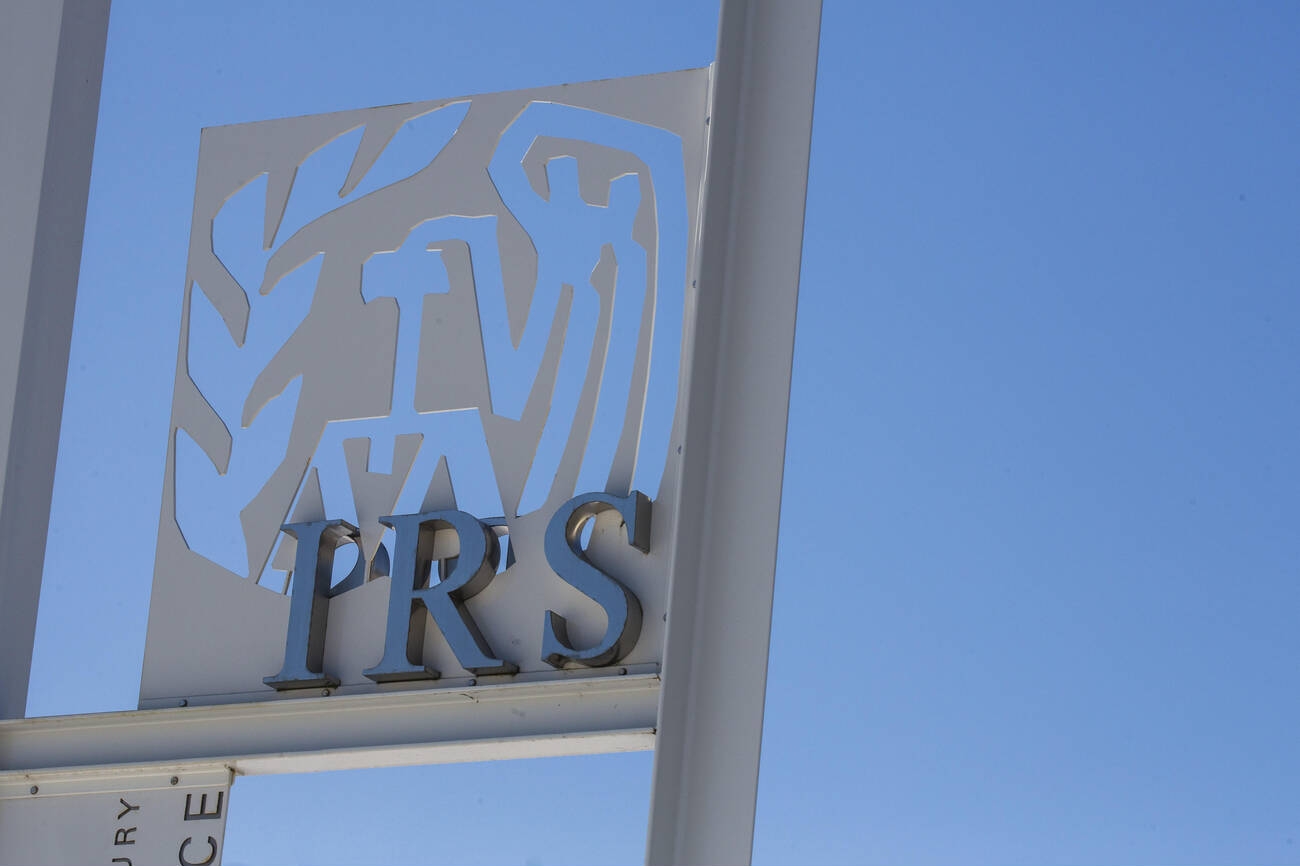WASHINGTON — The most recent estimate of the Tax Gap is $385 billion, and the the Internal Revenue Service needs to do more to collect those funds, according to a new report. The Tax Gap is the amount of taxes the agency estimates is owed, but is not reported or paid by U.S. taxpayers each year.
The Treasury Inspector General for Tax Administration (TIGTA,) which oversees the IRS, noted in an April 23, 2013 study that, while there were “several favorable trends among the IRS’s performance measures for its Collection Program,” improvements are needed too ensure balance and effectiveness.
“Measures that provide ongoing performance information to management and stakeholders are critical to sound decision-making in any organization.” At the IRS, such information helps managers make decisions about how to fund and allocate resources to collect billions in owed taxes from those who have failed to pay.
On a positive note, the TIGTA found that the total dollars collected in Fiscal Year (FY) 2011 were 20 percent higher than the amount collected in FY 2009 even though there were fewer revenue officers on staff. Revenue officers also completed investigations more quickly and made trust fund penalty determinations faster in FY 2011 compared to FY 2009.
TIGTA also identified three ways that the Collection Program could enhance how it monitors, measures, and reports its accomplishments:
- Integrate the IRS’s balanced measures to include customer and employee satisfaction and business results into all performance reports. This would help hold managers and staff across Collection Program areas accountable for and focused on balancing service to taxpayers with enforcing the tax laws, as articulated in the IRS mission and its two strategic goals and one strategic foundation.
- Link the Collection Program’s performance measures used at the operational level to a specific operational objective and to one or more of the IRS’s strategic goals. Such links can show Collection Program managers how their day-to-day activities contribute to attaining the Collection program’s operational objectives and the broader IRS strategic goals.
- Develop and implement meaningful performance targets for each of the operational-level measures. If objectively established, the targets would help Collection Program managers avoid any perception of bias or manipulation in the monitoring and reporting of progress in meeting their pre-established objectives.
TIGTA recommended that the IRS ensure that customer satisfaction and employee satisfaction measures are included in all performance reports. The IRS should also establish a performance measure and target for each operational objective.
In its response to the report, the IRS agreed with TIGTA’s recommendations and plans to include customer satisfaction and employee satisfaction in all performance reports. In addition, the IRS plans to assess the need for new measures or changes to existing measures to ensure proper alignment with operational goals.
Thanks for reading CPA Practice Advisor!
Subscribe Already registered? Log In
Need more information? Read the FAQs
Tags: Income Tax, IRS



